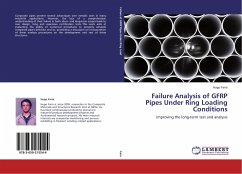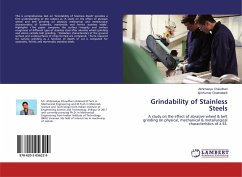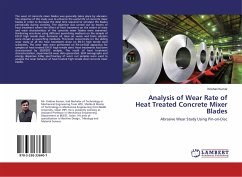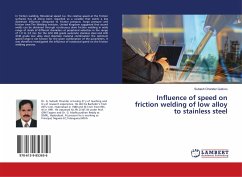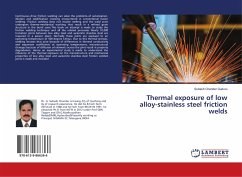The purpose of this study is to identify the failure cause of the steel seal ring used in nuclear steam turbines. New high nickel steel alloy seal ring was compared with the failed seal ring. Metallographic analysis, scanning electron microscopy, nanoindentation and in-situ tensile testing were used to analyze the reasons of the seal ring failure at both macroscopic and microscopic scales. The main reason of the seal ring failure is a combination of stress and elevated temperature during turbine operation. Complex work environment caused recrystallization and recovery, resulting in grain refinement and secondary phases precipitation. Many secondary phase precipitates appeared at grain boundaries during use, causing formation of microvoids and cracks, ultimately leading to ring failure
Bitte wählen Sie Ihr Anliegen aus.
Rechnungen
Retourenschein anfordern
Bestellstatus
Storno


